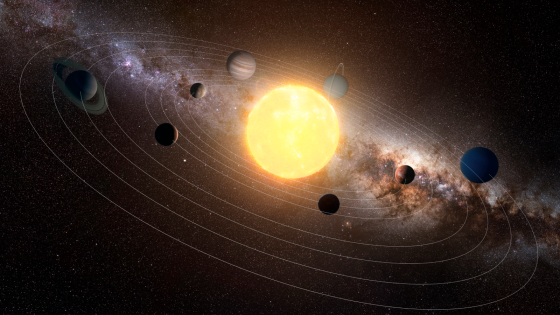Recent research suggests that the solar system’s terrestrial planets, including Earth, may have formed in a rhythmic dance around the sun. This groundbreaking study indicates that these planets formed earlier than previously believed, adding a new layer to our understanding of planetary formation.
- Terrestrial planets likely formed in resonance.
- Study suggests planets formed earlier than thought.
- TRAPPIST-1 exhibits orbital resonance patterns.
- Jupiter and Saturn had early resonant interactions.
- Venus may reveal ancient planetary origins.
- Outer planets can destabilize inner planetary systems.
Published on July 18, 2025, the study reveals that planets like Earth, Mars, and a long-lost world called Theia likely existed in a resonant configuration, where their orbital periods were in whole-number ratios. This finding aligns with observations of exoplanet systems, such as TRAPPIST-1, where planets exhibit similar rhythmic patterns.
This study raises intriguing questions about planetary dynamics. How did these planets maintain their resonant states, and what implications does this have for our understanding of other planetary systems? Consider these points:
- Terrestrial planets may have formed within the first 10 million years of the solar system.
- Resonance could explain the current orbital configurations of Venus and Mars.
- Outer giant planets can destabilize inner planetary systems significantly.
As we continue to explore our solar system and beyond, these findings may pave the way for future missions aimed at understanding the origins of rocky planets and their potential for supporting life.































